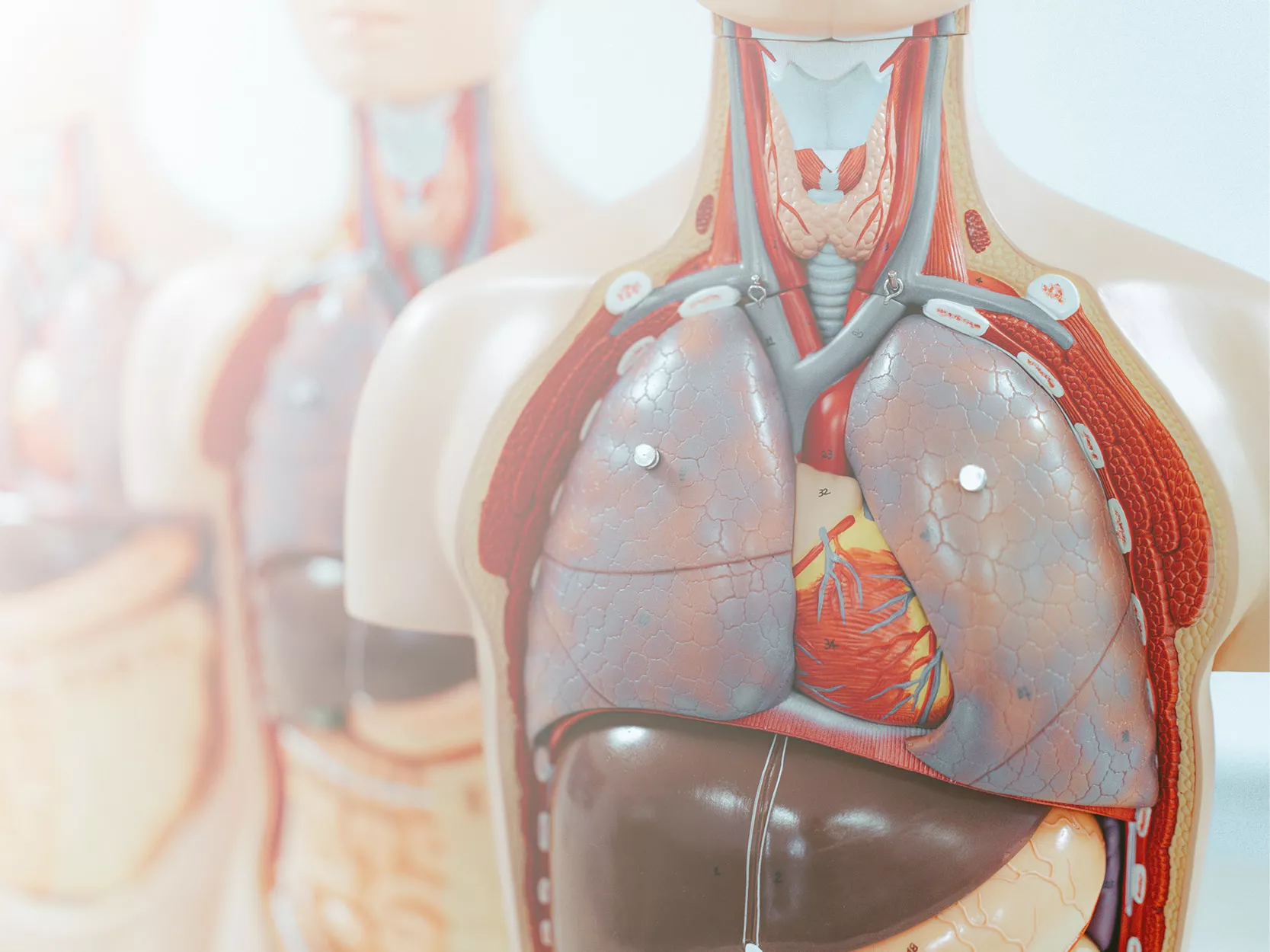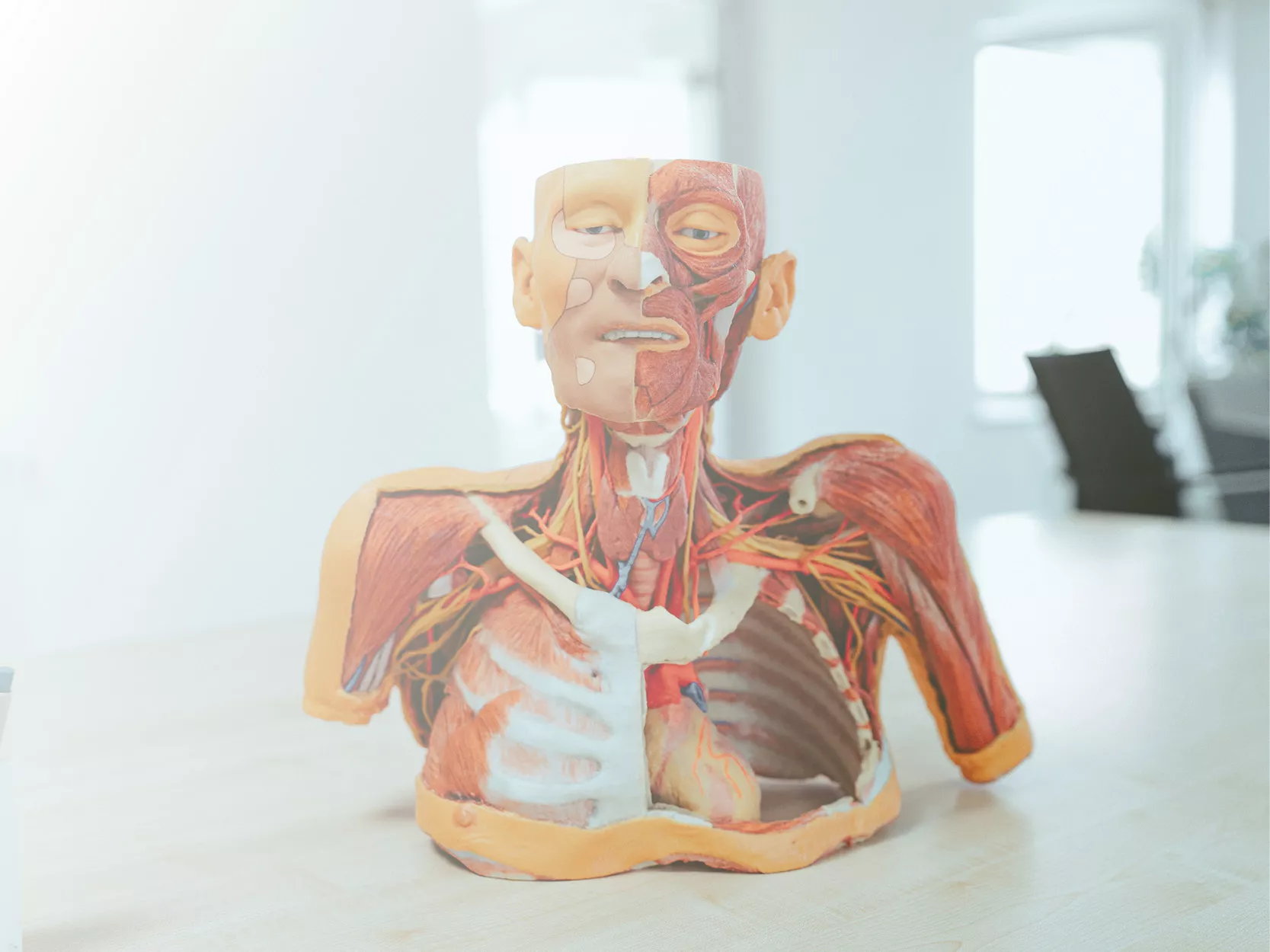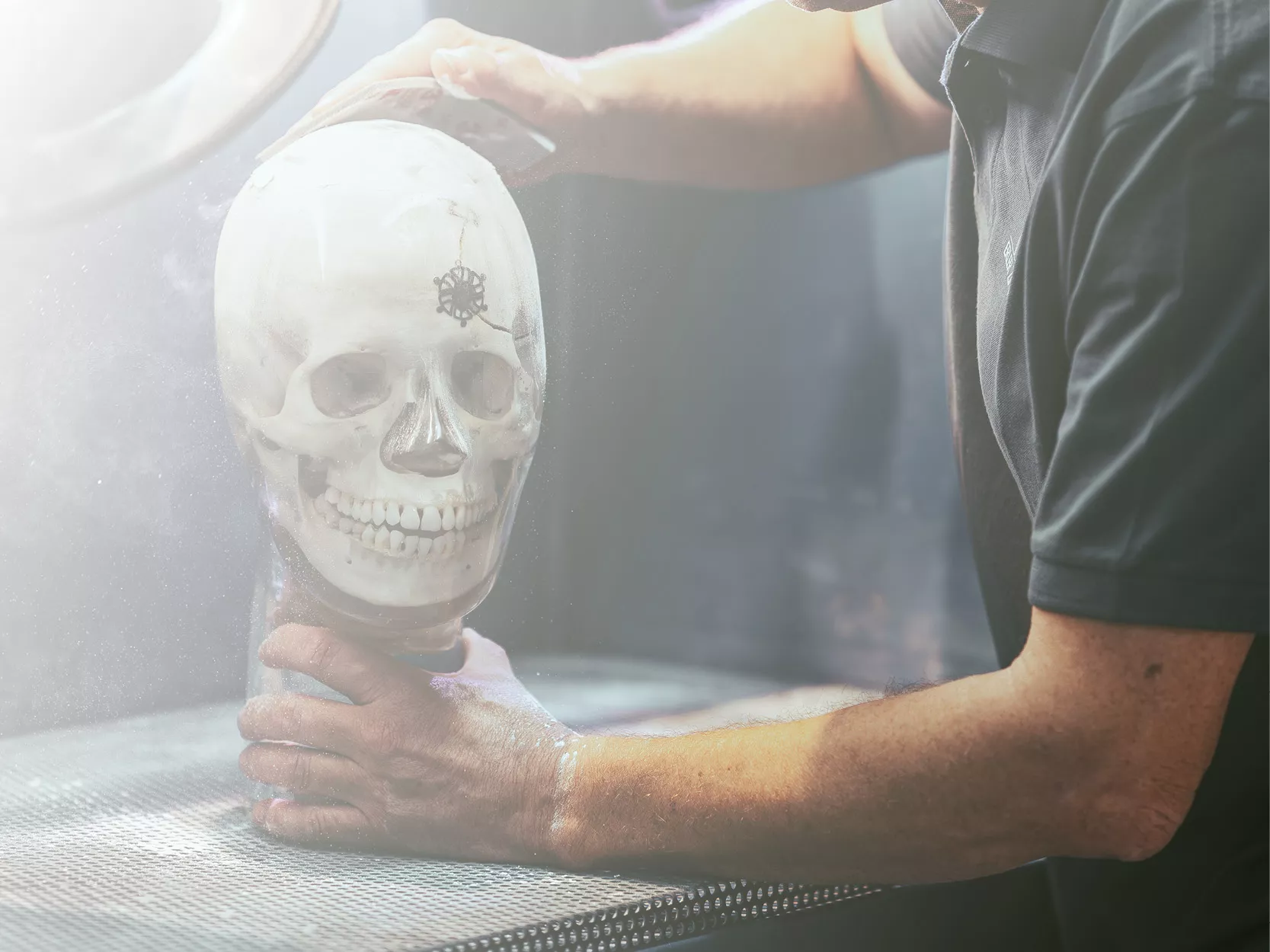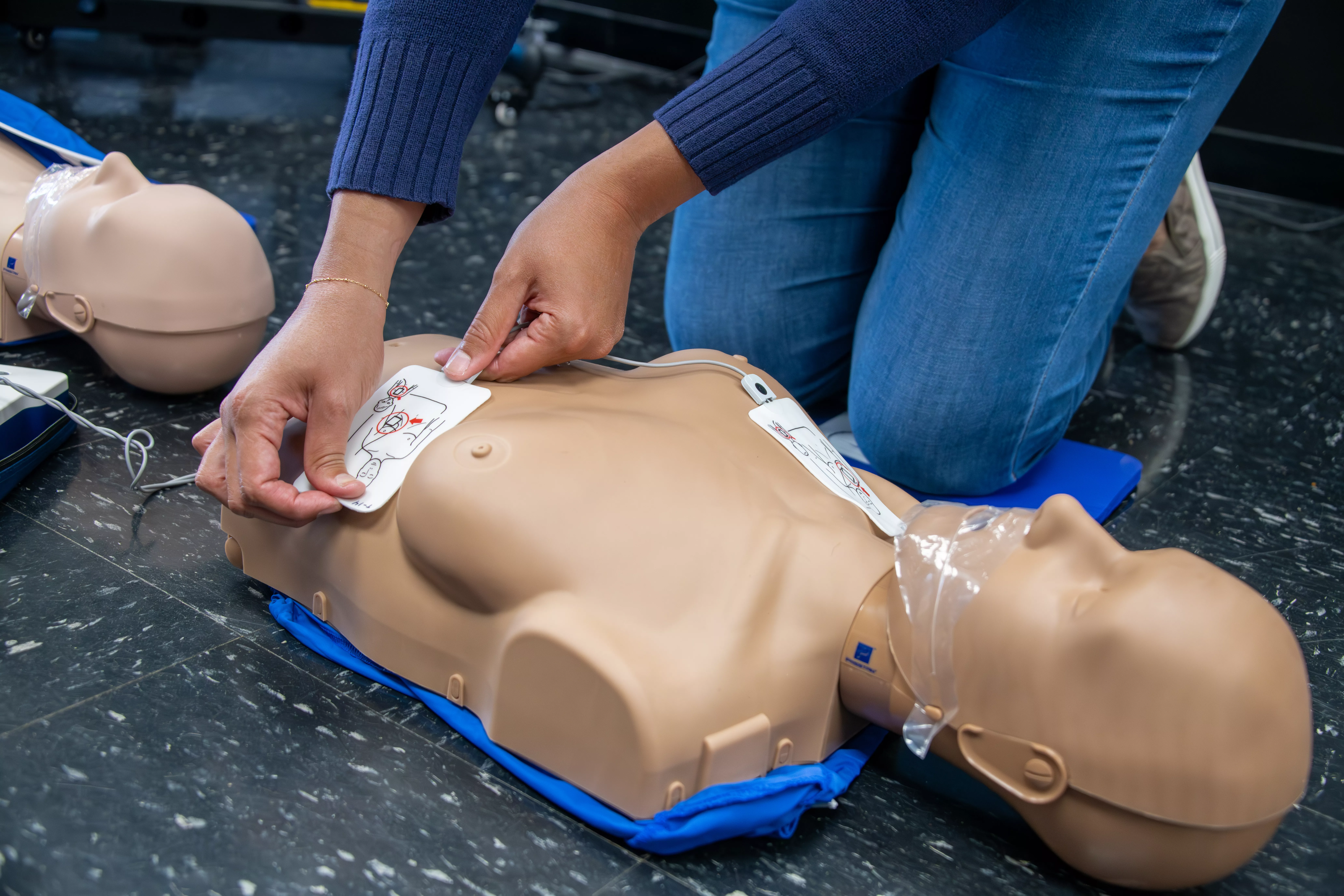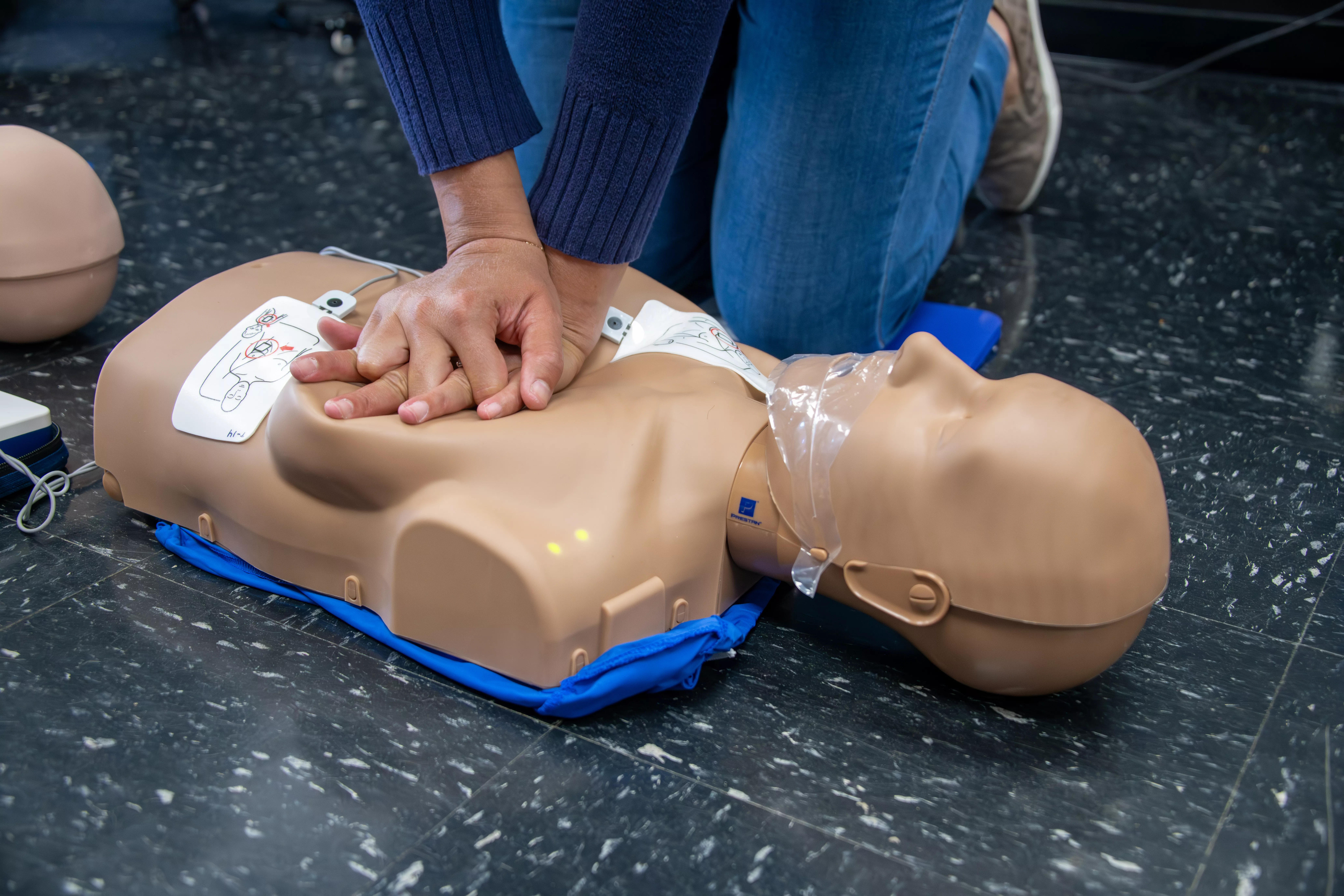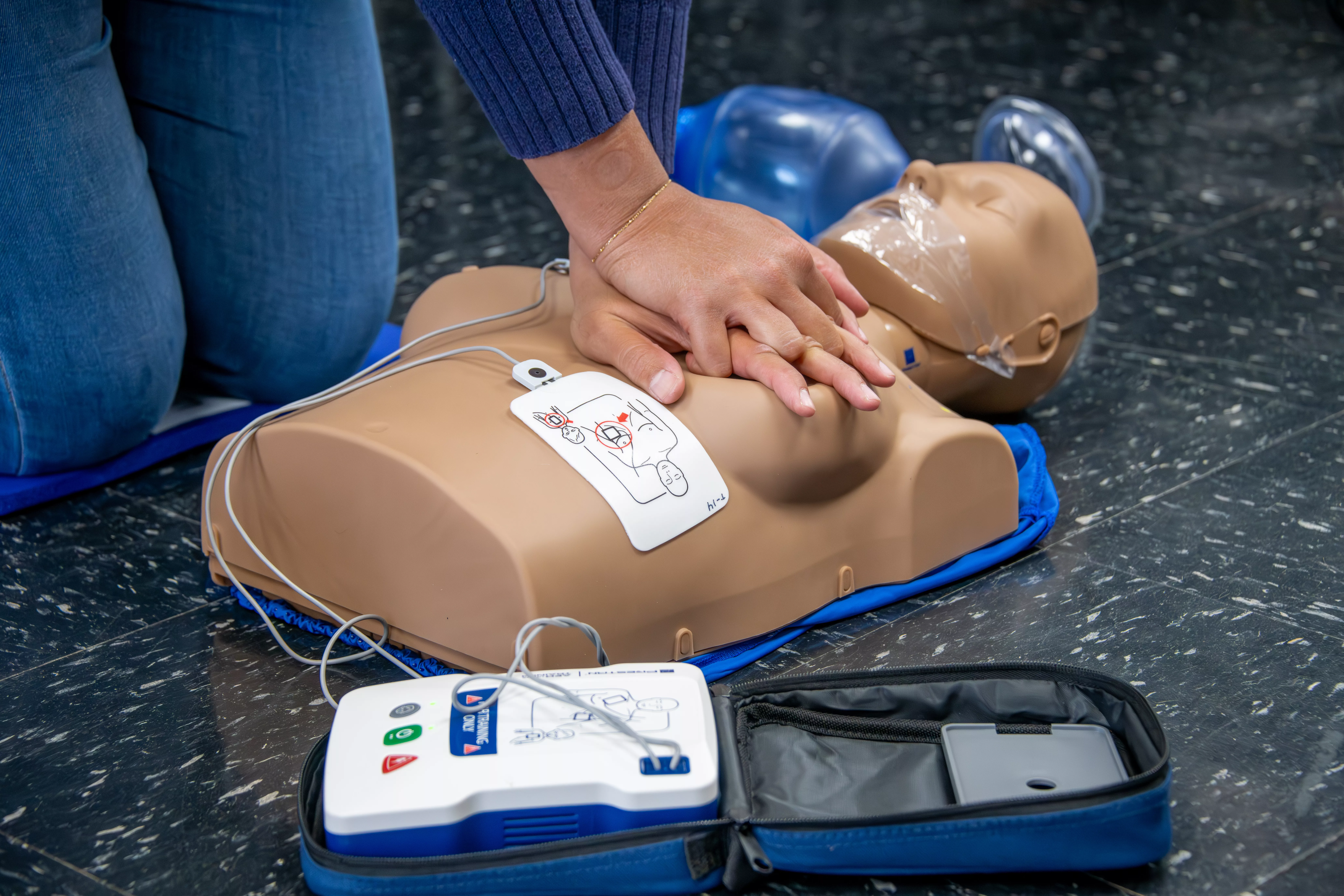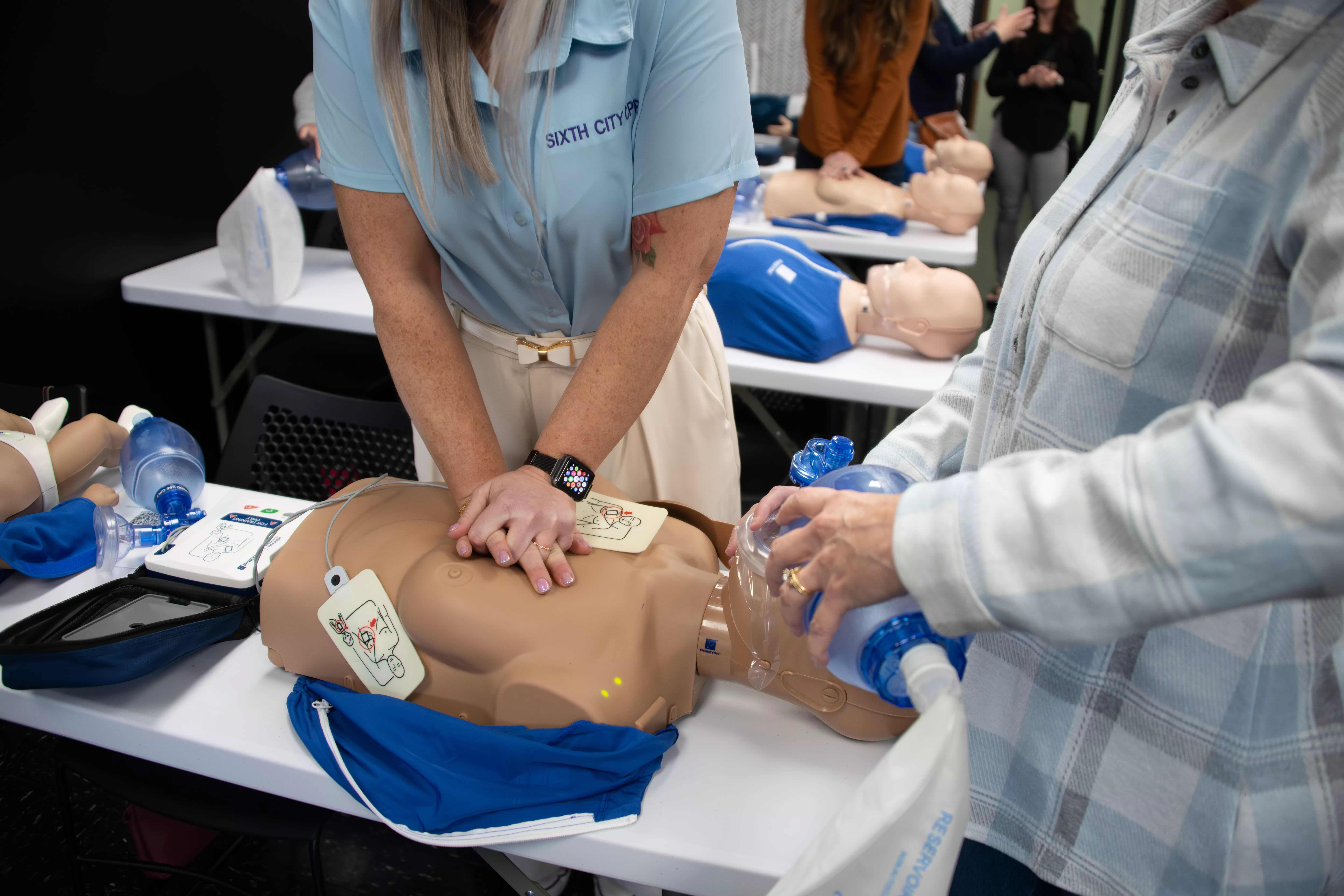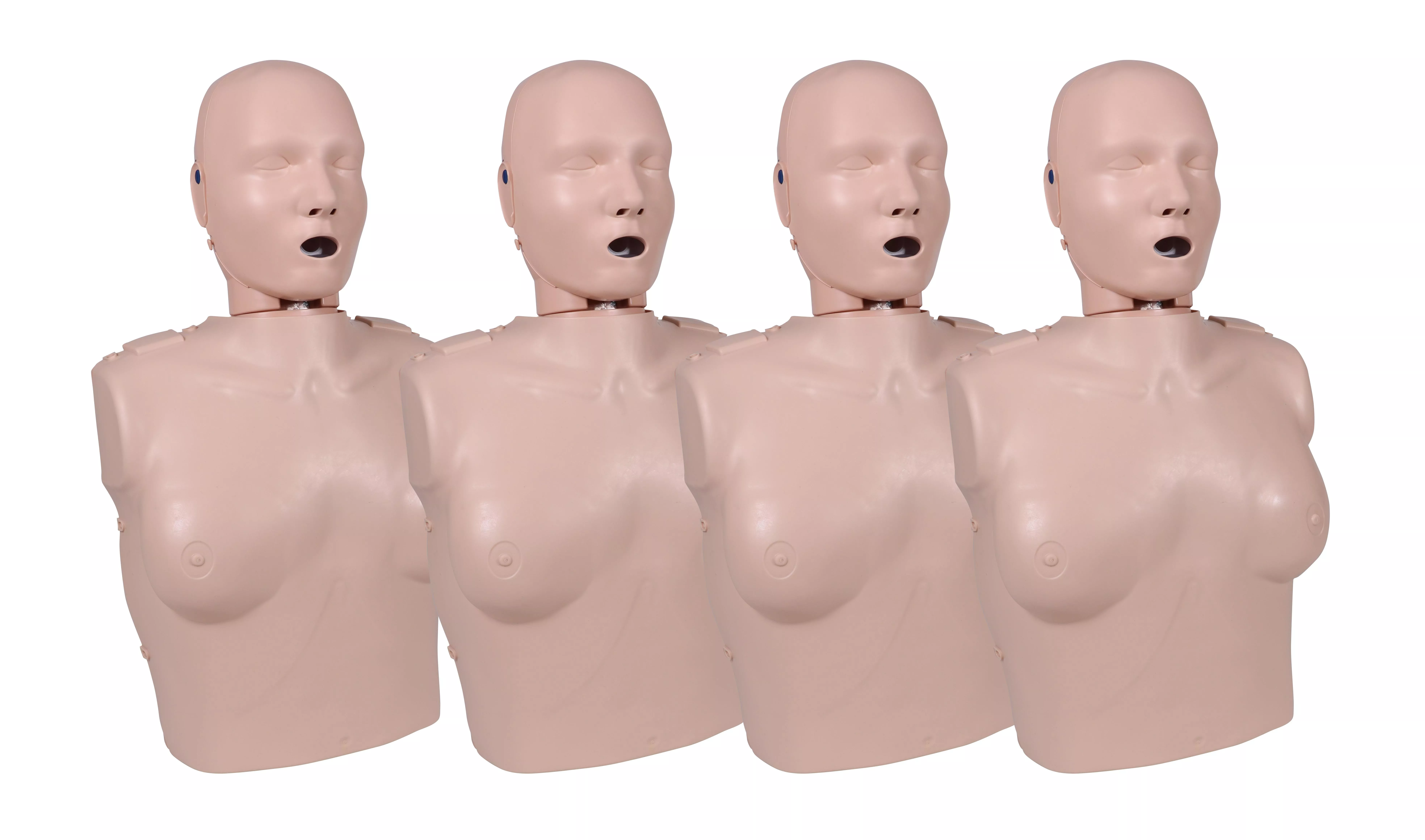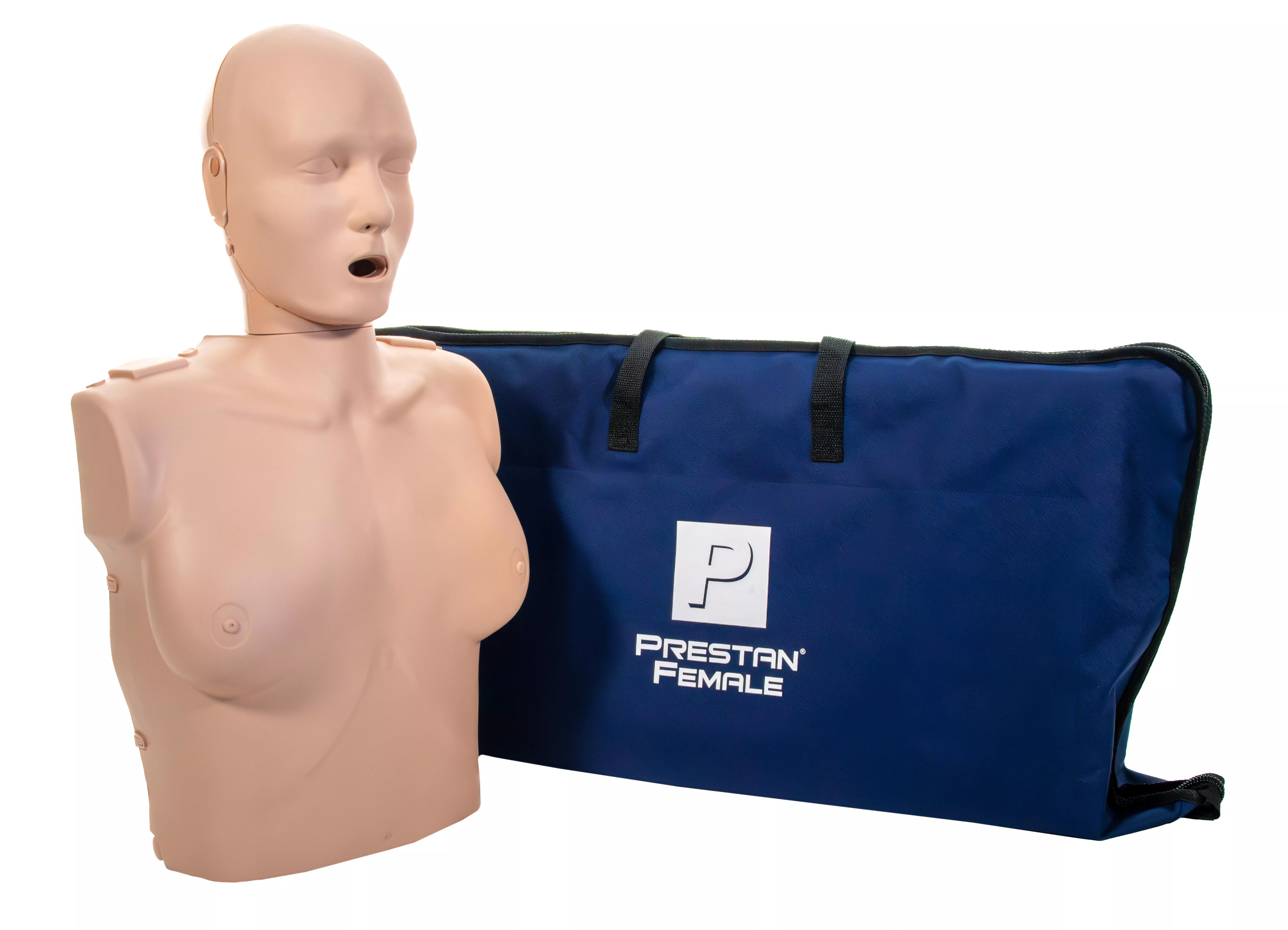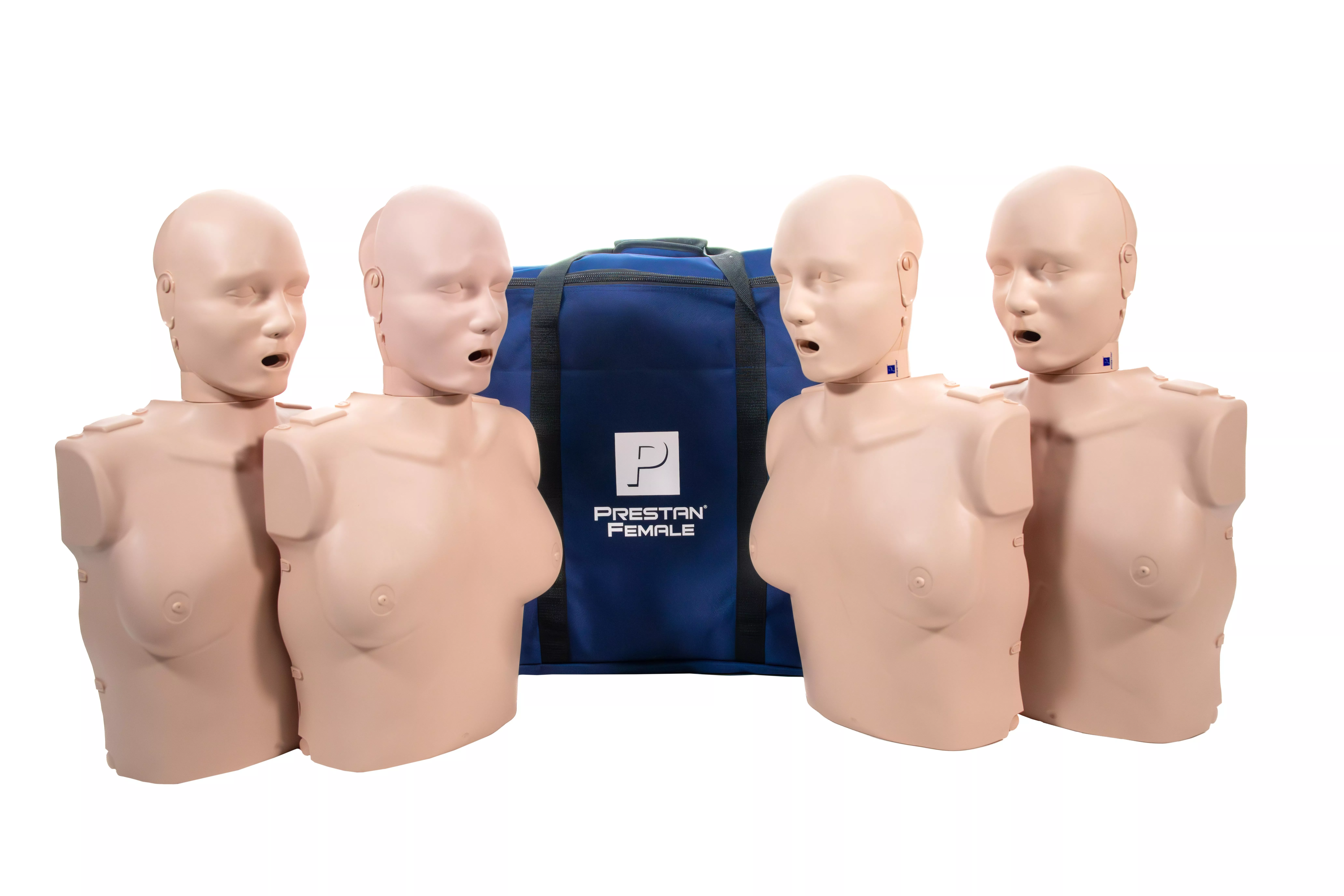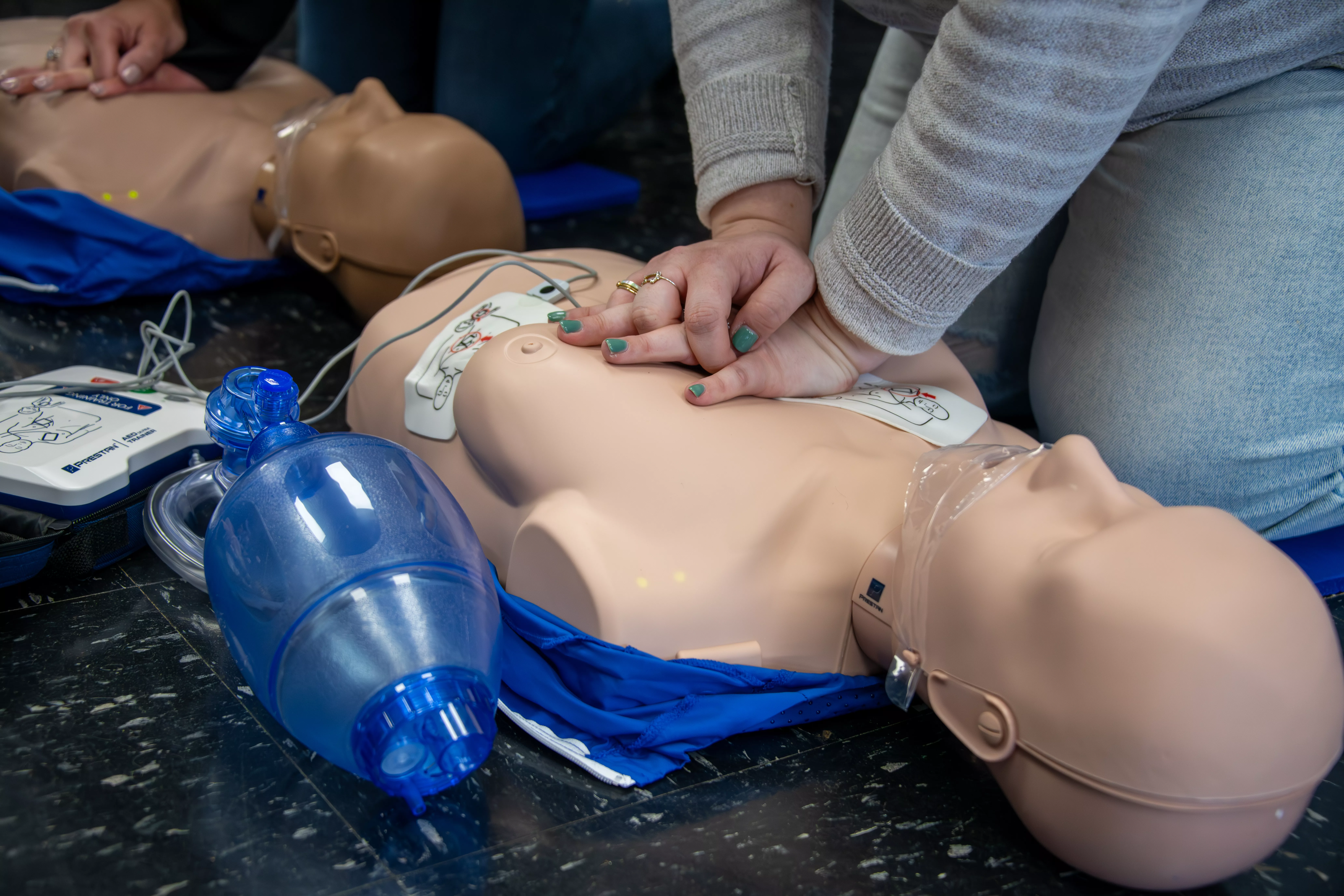
Using female resuscitation trainers to increase the survival rate of women in cardiac arrest
November 12, 2024
Why women receive less resuscitation
According to a study from Montreal, women receive less resuscitation than men. 40,000 cases of cardiac arrest in the USA and Canada that occurred in public places between 2005 and 2015 were analysed. In general, in more than 60% of cases, first aid was provided by chest compressions by a person present.
The result was shocking: Women are less likely to receive life-saving chest compressions from bystanders than men. Why is this the case?
Researchers cite two possible reasons:
1. Fear of being touched inappropriately and a sense of shame Lay rescuers, especially men, are often reluctant to perform CPR on women because they fear that chest compressions will be perceived as ‘inappropriate’ or ‘invasive’. Exposing the chest area to apply defibrillator pads can also cause inhibitions. Such fears are unfortunately widespread and can lead to valuable time being lost when resuscitation should begin.
2. Misperception of heart attack symptoms Heart attack symptoms can appear differently in women than in men. Heart problems in women are often taken less seriously or interpreted as stress, exhaustion or other less serious conditions. This misconception can lead to bystanders not taking immediate action when a woman suffers a heart attack. Many people, and patients, are unaware of the different symptoms in women and do not immediately recognise warning signs and the emergency situation.
Lack of training and gender bias is also thought to be a reason: Many first aid training courses and dummies for resuscitation training are gender-neutral or simulate the male body. As a result, lay rescuers have less practice and routine in performing resuscitation on women.
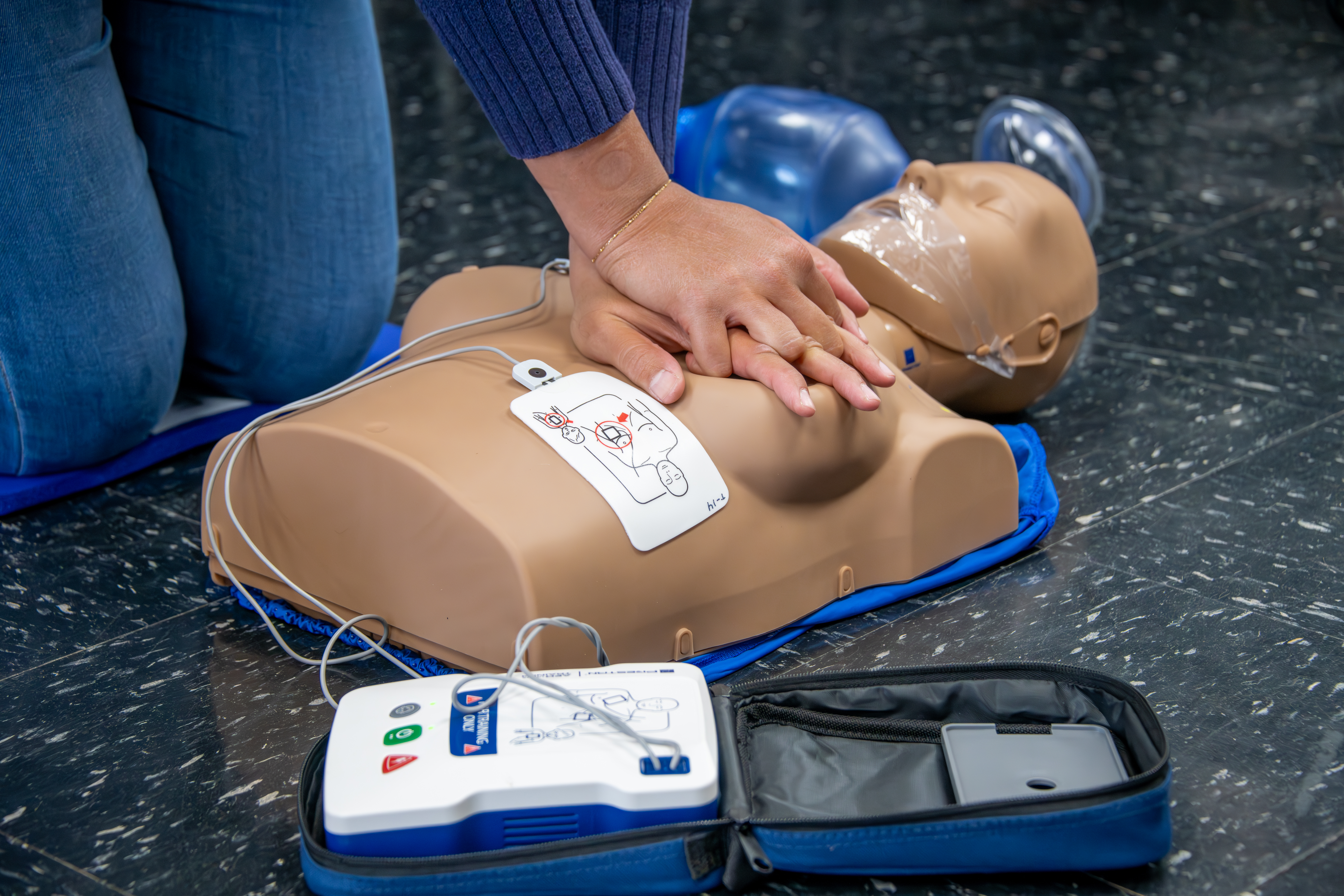
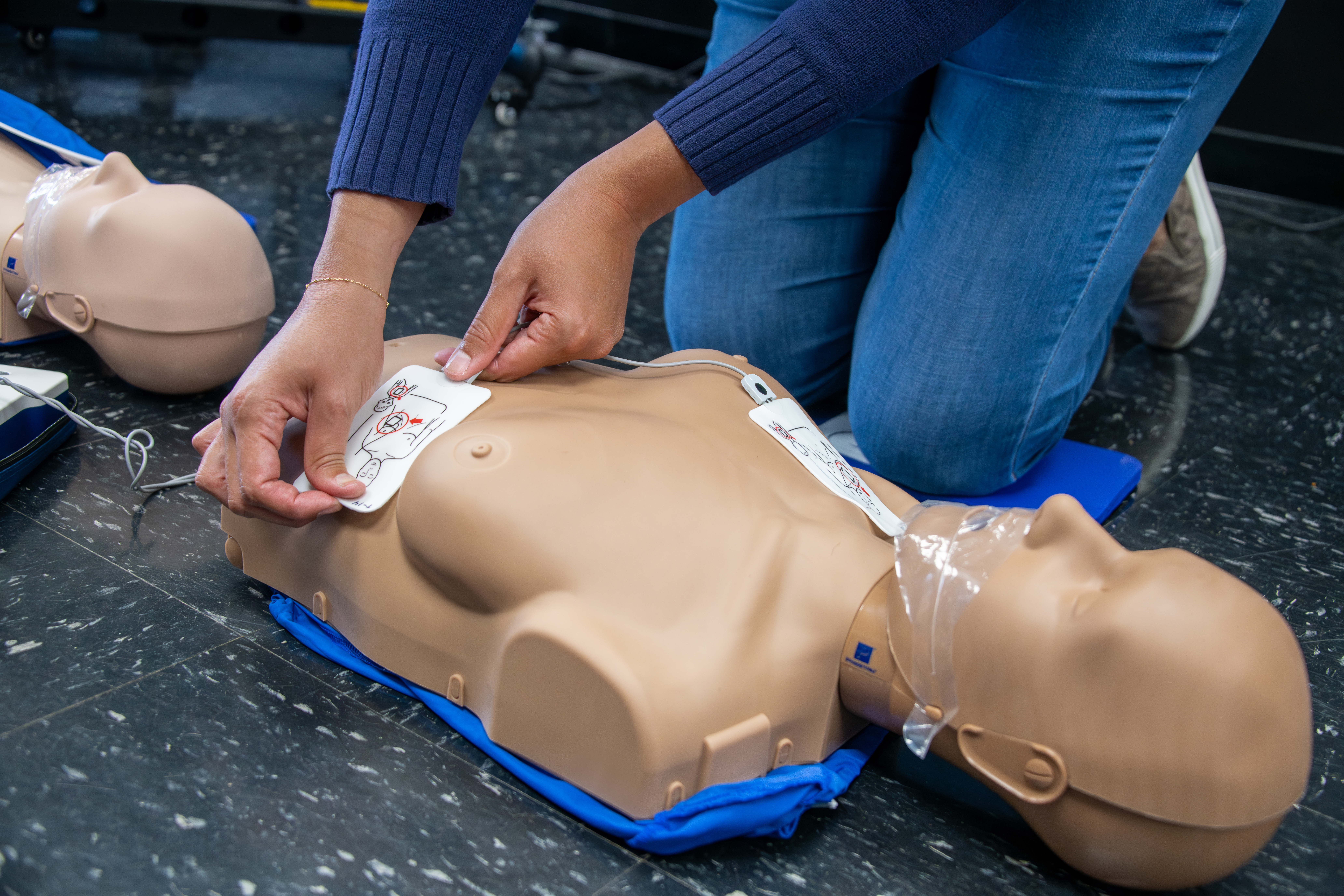
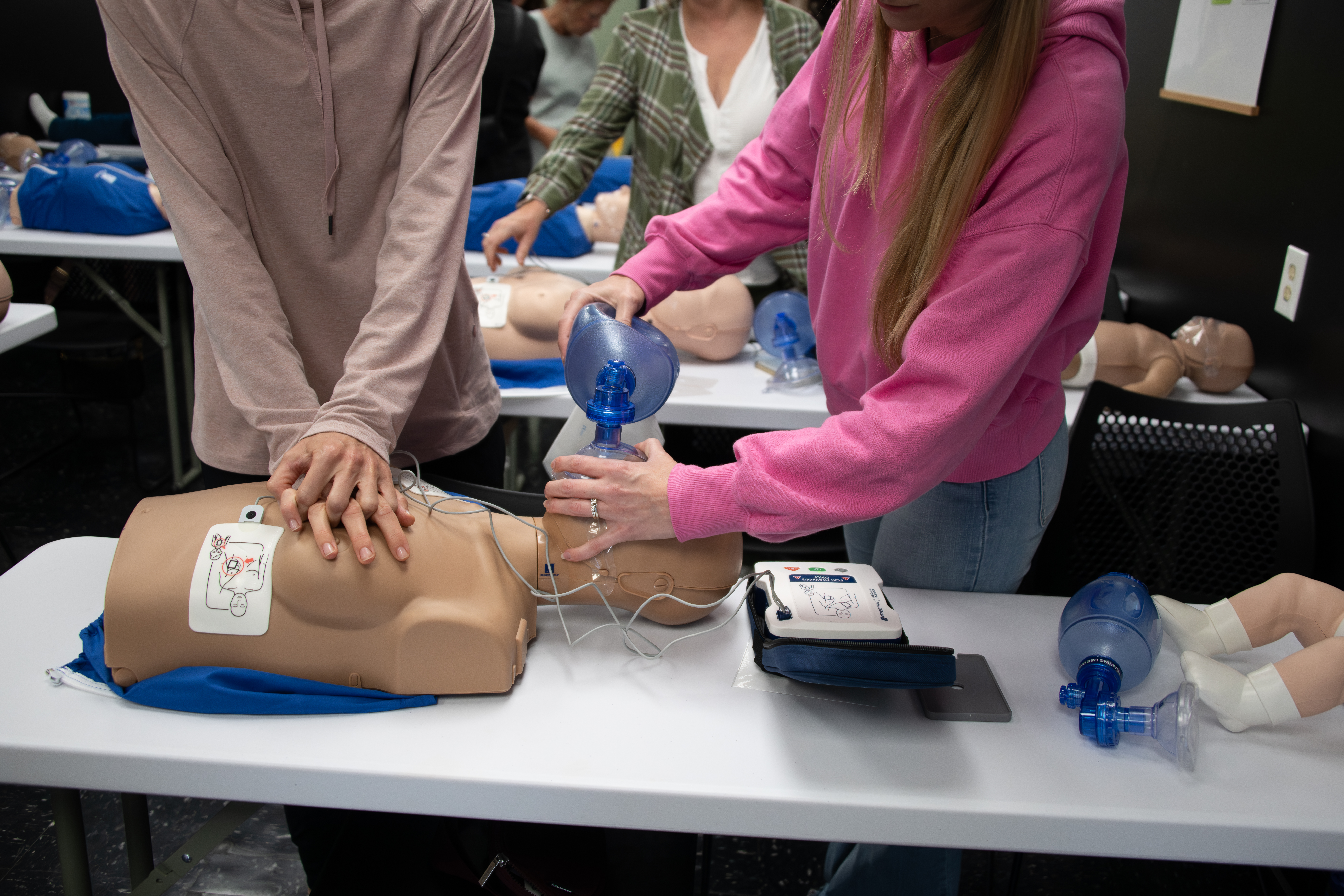
How can the situation be improved?
The use of female models for resuscitation in first aid training courses can make a decisive contribution to saving women's lives. If realistically designed female resuscitation manikins are used for training, the following benefits can be achieved:
1. reducing inhibitions and insecurities: Using female mannequins in training can help address fears and give first responders confidence to act in real-life situations without shyness.
2. better understanding of physical differences: as women's chest area and anatomy are different, such models can help to adapt techniques and ensure that resuscitation is effective, especially the placement of defibrillator pads.
3. increase resuscitation rates in women: Through targeted training on female models, lay and professional first responders can learn to respond to emergency situations in women without hesitation. This could significantly increase survival rates and help to reduce the existing differences in willingness to resuscitate between men and women.
The introduction of female resuscitation manikins in first aid training could thus represent an important step towards gender-equitable emergency care and potentially save many lives. Find out more about our new resuscitation manikins here!
Quelle: Frauen erhalten seltener Erste Hilfe - BR 24
According to a study from Montreal, women receive less resuscitation than men. 40,000 cases of cardiac arrest in the USA and Canada that occurred in public places between 2005 and 2015 were analysed. In general, in more than 60% of cases, first aid was provided by chest compressions by a person present.
The result was shocking: Women are less likely to receive life-saving chest compressions from bystanders than men. Why is this the case?
Researchers cite two possible reasons:
1. Fear of being touched inappropriately and a sense of shame Lay rescuers, especially men, are often reluctant to perform CPR on women because they fear that chest compressions will be perceived as ‘inappropriate’ or ‘invasive’. Exposing the chest area to apply defibrillator pads can also cause inhibitions. Such fears are unfortunately widespread and can lead to valuable time being lost when resuscitation should begin.
2. Misperception of heart attack symptoms Heart attack symptoms can appear differently in women than in men. Heart problems in women are often taken less seriously or interpreted as stress, exhaustion or other less serious conditions. This misconception can lead to bystanders not taking immediate action when a woman suffers a heart attack. Many people, and patients, are unaware of the different symptoms in women and do not immediately recognise warning signs and the emergency situation.
Lack of training and gender bias is also thought to be a reason: Many first aid training courses and dummies for resuscitation training are gender-neutral or simulate the male body. As a result, lay rescuers have less practice and routine in performing resuscitation on women.



How can the situation be improved?
The use of female models for resuscitation in first aid training courses can make a decisive contribution to saving women's lives. If realistically designed female resuscitation manikins are used for training, the following benefits can be achieved:
1. reducing inhibitions and insecurities: Using female mannequins in training can help address fears and give first responders confidence to act in real-life situations without shyness.
2. better understanding of physical differences: as women's chest area and anatomy are different, such models can help to adapt techniques and ensure that resuscitation is effective, especially the placement of defibrillator pads.
3. increase resuscitation rates in women: Through targeted training on female models, lay and professional first responders can learn to respond to emergency situations in women without hesitation. This could significantly increase survival rates and help to reduce the existing differences in willingness to resuscitate between men and women.
The introduction of female resuscitation manikins in first aid training could thus represent an important step towards gender-equitable emergency care and potentially save many lives. Find out more about our new resuscitation manikins here!
Quelle: Frauen erhalten seltener Erste Hilfe - BR 24





